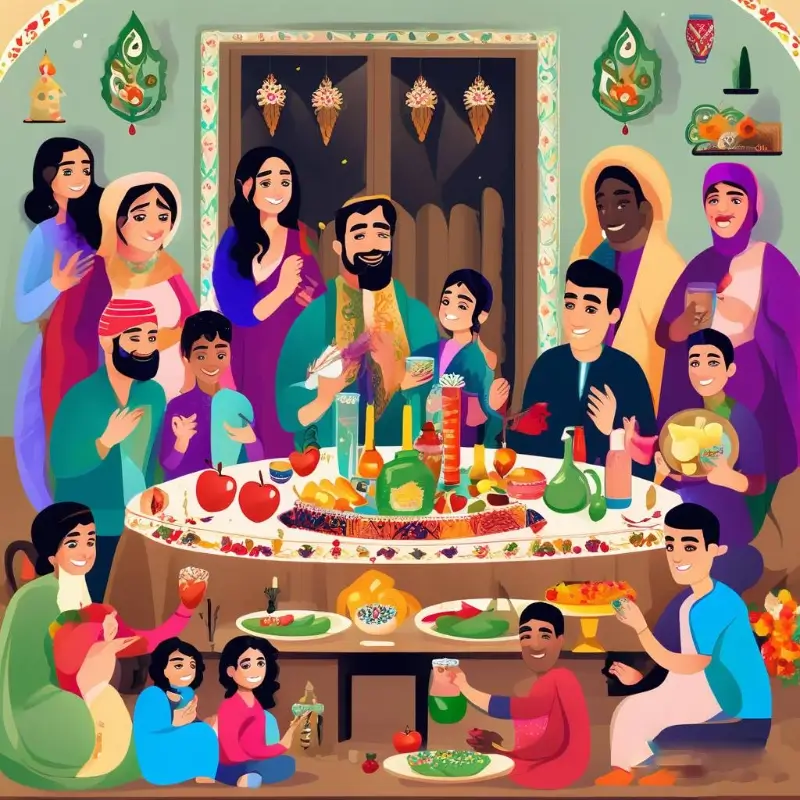why is Tunisia flag so similar to Turkey?
Tunisia’s Flag:
The Tunisian flag consists of a red field with a central white circle containing a red five-pointed star. Adopted in 1959 after gaining independence from France, the red color symbolizes the blood shed by martyrs in the struggle for freedom, while the white circle represents peace. The five-pointed star stands for the five pillars of Islam and represents the unity of the Arab people.
Turkey’s Flag:
The Turkish flag, also known as the Red Crescent and Star Flag, has a red background with a white crescent moon and a white five-pointed star placed centrally. The origins of this design date back to the late Ottoman Empire. The red color signifies the courage and valor of the Turks, while the white crescent and star are traditional Islamic symbols that have been associated with the Ottoman Turks since the 18th century. The crescent moon and star are often interpreted as representing the faith of Islam and might also symbolize the Turkic peoples’ historical connection to the heavens and celestial bodies.
The flags of Tunisia and Turkey are indeed similar, both featuring a red background with a white crescent moon and a star. However, the reasons for their similarity are not related to a direct connection between the two countries’ histories or cultures. Instead, the design of the flags is influenced by the historical context of the Ottoman Empire and the Pan-Arab movement.
Turkey’s current flag was first adopted in 1923 after the establishment of the Turkish Republic. The crescent and star are symbols of Islam, which was the state religion of the Ottoman Empire, from which modern Turkey emerged. The Ottoman Empire had a significant influence on the region, including Tunisia, which was ruled by the Ottomans from the 16th to the 19th century.
Tunisia’s flag, on the other hand, was adopted in 1956 following the country’s independence from France. The choice of the red background, crescent, and star was influenced by the Pan-Arab movement, which sought to promote unity among Arabic-speaking countries. The crescent and star are also symbols of Islam, reflecting the religion’s importance to the Tunisian population.
While the flags share a similar design, it is important to note that the flags of many countries have been influenced by historical, cultural, and religious symbols that are common to the region. In the case of Tunisia and Turkey, the similarity is a result of shared historical experiences, particularly their connections to the Ottoman Empire, rather than a direct influence from one country to another.



